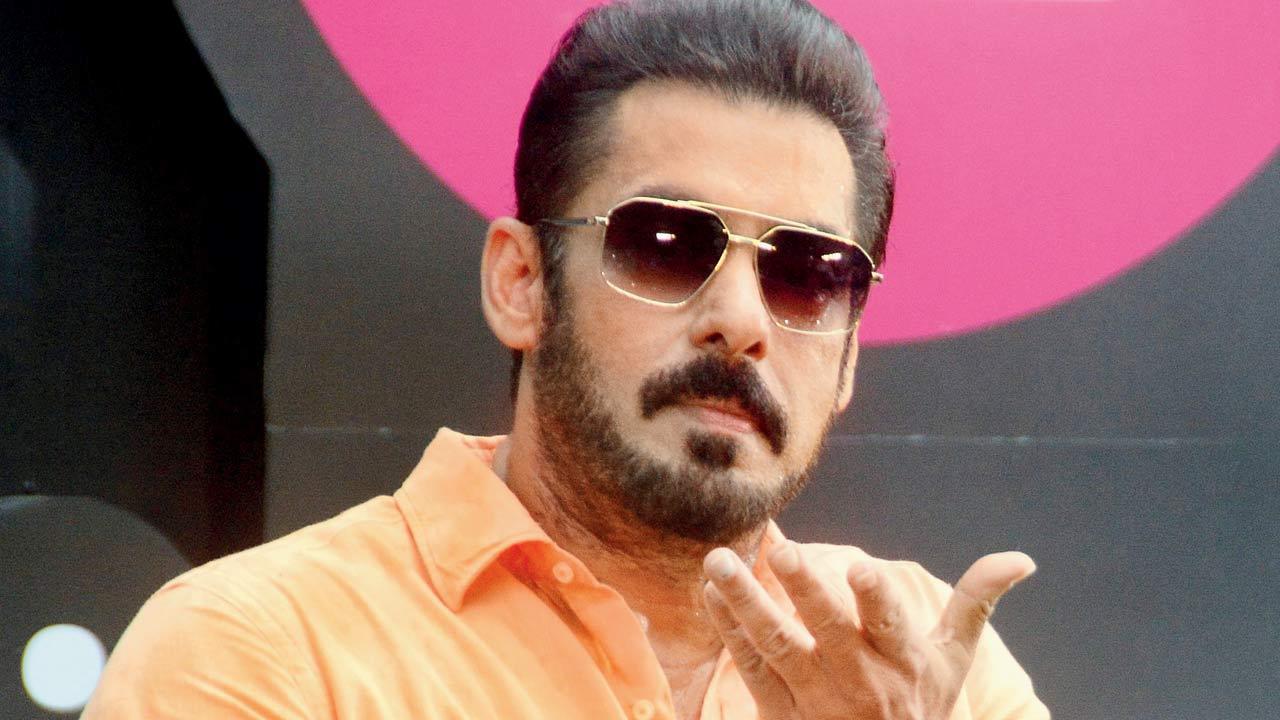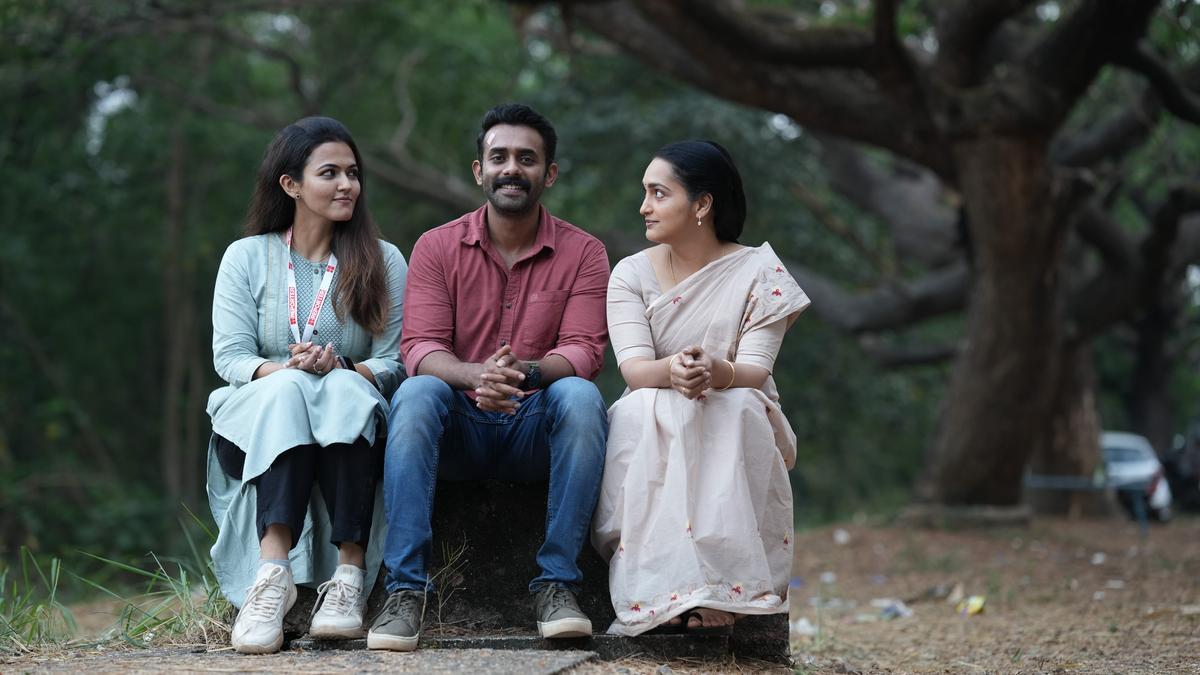
The air in Indian cinema halls is thick with the aroma of patriotism and political deliberations as the country’s film industry churns out stories infused with aggressive nationalism, Islamophobia, and anti-left sentiment. As the Bharatiya Janata Party (BJP) aims for a third term in office, movie theaters are metamorphosing into strategic venues, rallying support and shaping the political ambiance to favor the ruling party. Even before the election announcement, a fragment of Bollywood has already unfurled its manifesto, engaging in veiled political communication.
Numerous recent films veer sharply from the government’s professed inclusive maxim of “sabka saath, sabka vikas, sabka vishwas” (everyone’s support, everyone’s development, everyone’s trust), opting instead to recast historical events to support a particular communal angle, delineating communities into stark opposites of heroes and villains along religious and ideological lines. This brand of cinema is methodically creating a binary world out of previously nuanced spaces and issues.
A pattern can be discerned in the timing of these releases. From the start of the year, nearly every fortnight, a new film surfaces, each mirroring the BJP’s emphasis on a controversial topic. Hrithik Roshan’s “Fighter” envisions an Indian unification while reimagining the Pulwama incident and the subsequent Balakot airstrike. Yami Gautam’s “Article 370” explicitly details the vision of a New Kashmir, synonymous with peace purchased at gunpoint rather than negotiated diplomatically. Adah Sharma’s “Bastar: The Naxal Story” holds a mirror to left-leaning liberals, often labeled by party officials as urban Naxals, for their hand in the Maoist insurgence.
Another forthcoming film, “JNU,” with its incendiary poster featuring a prominent university as a hub of anti-national thought, has stirred social media discussions. “The Sabarmati Report,” set to release in the politically-charged month of May, aims to revisit the fiery incident that happened aboard the Sabarmati Express near Godhra station in 2002. Another contentious storytelling – “Razakar: The Silent Genocide of Hyderabad” – although yet to meet the audience, has already cast a divisive shadow with its trailer.
This cinematic journey embarked with “Gandhi Godse: Ek Yudh,” where the narrative encompasses appeasement politics, segueing into a sanitized portrayal of Atal Bihari Vajpayee in “Main Atal Hoon” and soon into Randeep Hooda’s “Swatantra Veer Savarkar,” which appears keen to recast the image of a historical figure whose legacy is mired in controversy.
Proponents of this right-leaning cinema defend it as a correction to an ecosystem that they believe has not altered sufficiently over the past decade, viewing their contributions as necessary ideological counterpoints exercising free speech.
Despite these claims, Prime Minister Narendra Modi continues to honor Mahatma Gandhi in the real world, juxtaposing the cinematic narratives. In response to an RTI request, the Home Ministry asserted no information on the existence or activities of urban Naxals, indicating a detachment from the on-screen depictions.
The trend isn’t new; a similar effort was witnessed before the 2019 elections, albeit lacking in the technical finesse and emotional leverage present now. Armed with compelling performances by actors like Hrithik Roshan and Randeep Hooda, these films have found patronage from producers for whom it has become a commercially viable gamble.
Bolstered by box-office success of films like “The Kashmir Files” and “The Kerala Story,” producers are doubling down on political narratives, visualizing the echoes of political rallies and news debates. These cinematic productions enable their ‘suitable’ clips to reinforce and reiterate facts, potentially distorting the full context.
However, this trend of polarized filmmaking does not go unchallenged. Dissenting perspectives hide in allegorical creatives to elude censorship, and last year saw subtle subversions in movies like “Pathaan” and “Jawan.” Others, like “Ae Watan Mere Watan,” a digital release, honor the sacrifices made for free speech, paying tribute to heroes of India’s independence who have been largely overlooked in mainstream cinema.
This battalion of new films, whether seeking to reinforce nationalistic fervor or offering a critical lens, reflects an industry at the crossroads of art and ideology, with the screens becoming battlegrounds for the hearts and minds of the Indian electorate.










